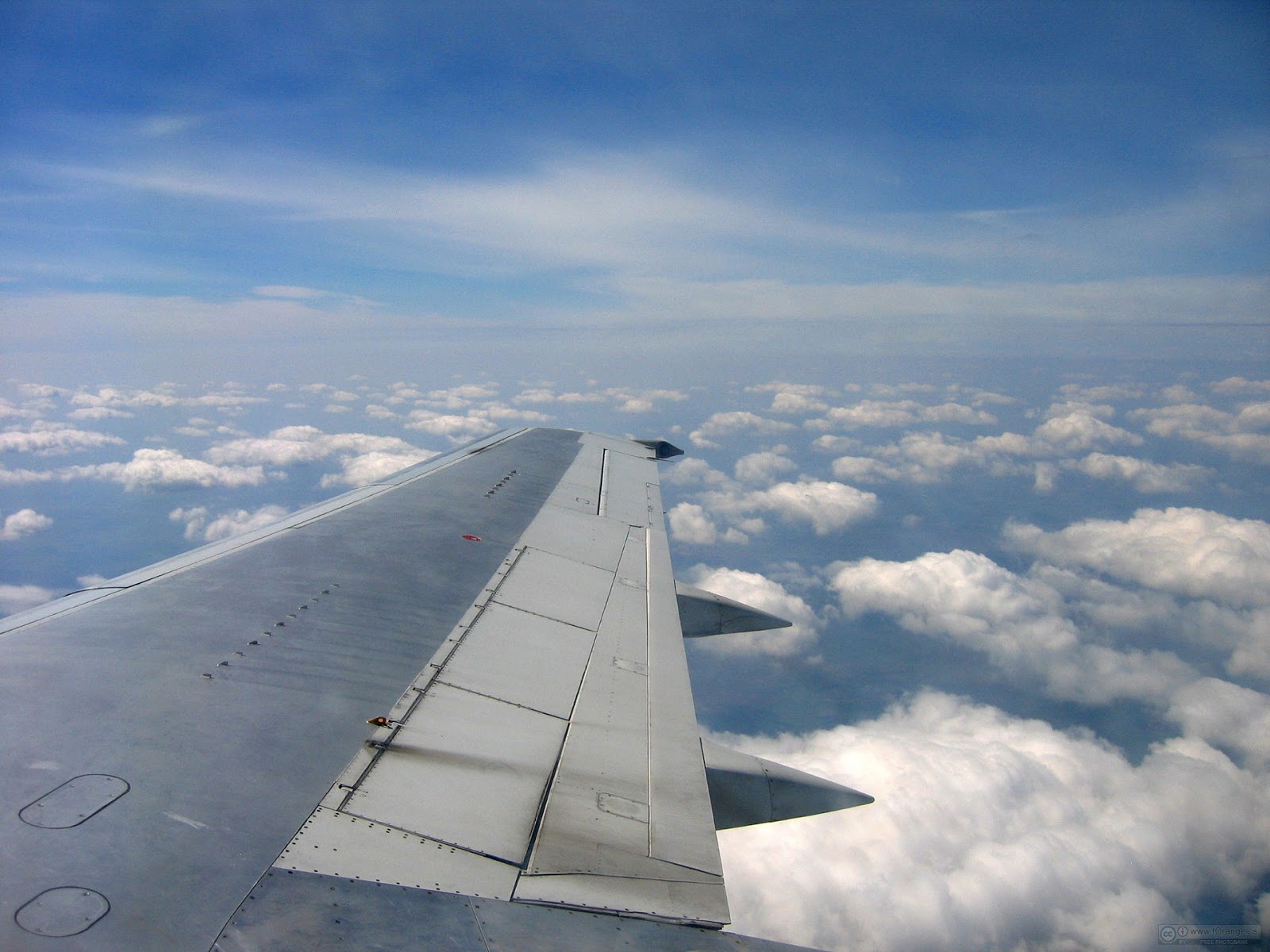

there will be some compromising in the selection of the airfoil - but the airfoil is only one parameter.
#Plane airfoil full#
We also want good climb characteristics which means high lift and low drag in the climb attitude - with good engine cooling and a light airframe to be able to use full power and climb at slow speed with a high rate of climb (steep climb).Īs already obvious from the above listing.In all configurations we want a strong airframe without undue weight - thus we need a thick airfoil to be able to use a deep spar and have a large "torque tube" which will give bending strength and stiffness as well as torsional strength and rigidity.For a given thrust (engine horsepower, intake, exhaust and propeller) we want a high cruise speed, thus need low drag at high speed.We want to have full control of the aircraft as soon as airborne and throughout the whole speed range.We want to fly as quickly as possible (short take-off), thus need high lift at low speed.trailing edge, mean line curvature, thickness etc., as shown in Figure 1.Īs this discussion is limited to airfoils used on light planes, we will ask ourselves: What are the most significant features we would like to achieve with our airfoils? And there was some homework on basic airfoil design and geometry so that the reader should now be familiar with chord, leading edge.

In part 1 of this series on airfoils we discussed the significance of relative motion, Reynolds numbers and the Boundary Layer (laminar or turbulent).


 0 kommentar(er)
0 kommentar(er)
